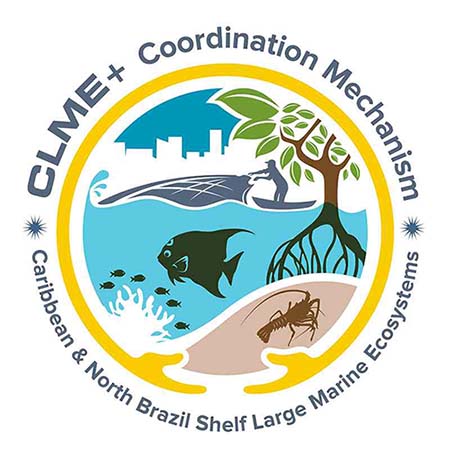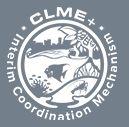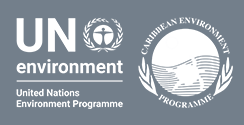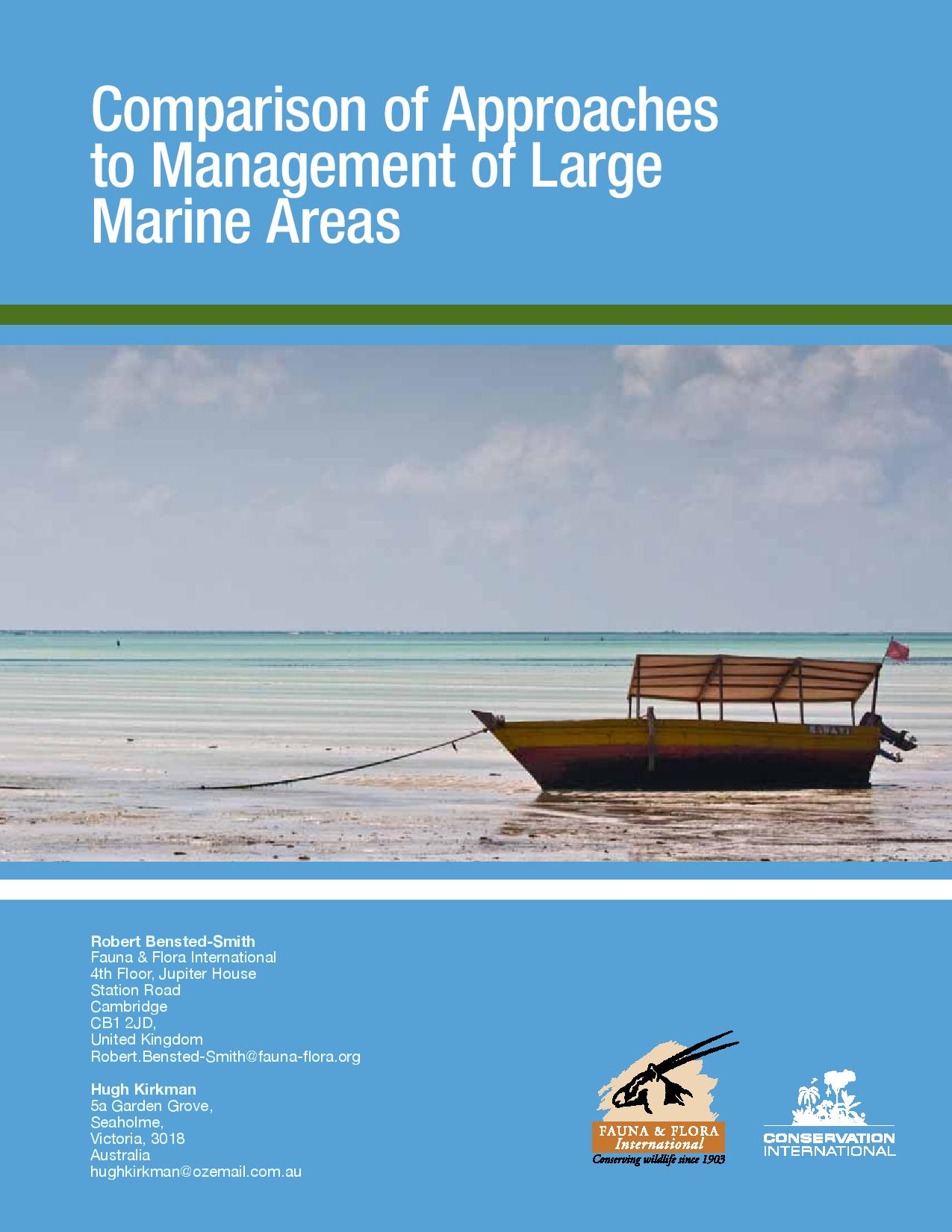
Comparison of Approaches to Management of Large Marine Areas
The ocean makes up the Earth’s primary life support system, comprises 70 percent of our planet’s surface and is essential to human well-being and prosperity. Ocean ecosystems are threatened by unsustainable fishing, global change, habitat destruction, invasive species, and pollution - the combined effects of which are far more destructive than individual threats on their own. Effectively addressing these threats requires comprehensive ocean management at large scales. Several models exist for achieving such large scale marine management, each of which tackles a broad range of issues with its own suite of inputs, objectives and methodologies. Often, more than one of these frameworks are applied to the same or similar geographies by different institutions. In order to learn more about the different approaches to managing large-scale marine areas, their comparative merits, and the synergies and overlaps between them, CI commissioned this independent analysis of several widely applied models. Although the report was commissioned by CI, the views expressed in this report are those of the authors; they were charged with providing a critical examination of all the assessed approaches, including the Seascapes approach.
 5
5


 Report issue
Report issue